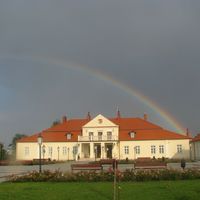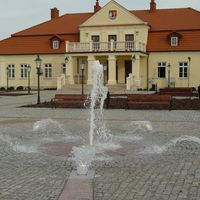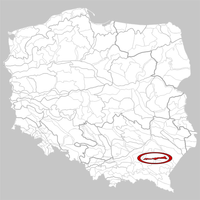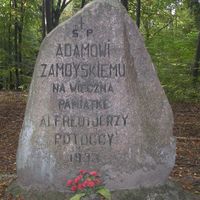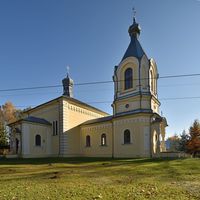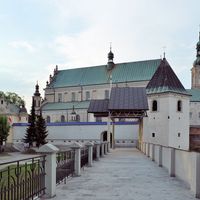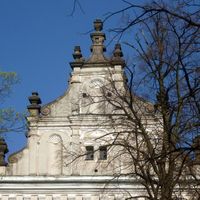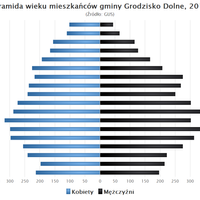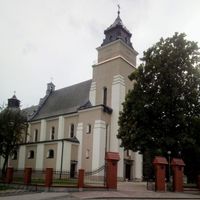Leżajsk County
7.34
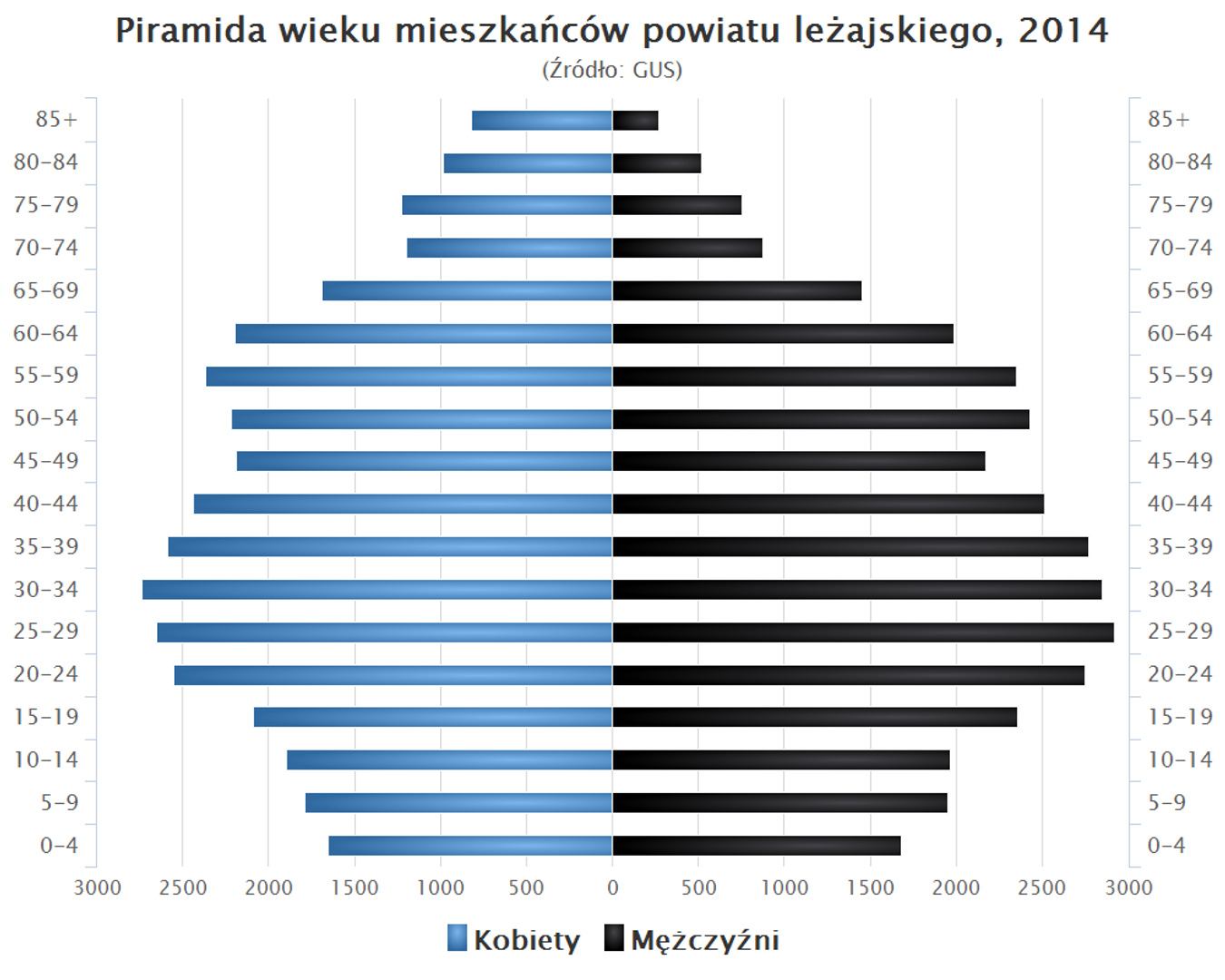
Overview
Leżajski County, established in 1999 as part of the administrative reform, is located in the Podkarpackie Voivodeship, with its seat in the town of Leżajsk. According to data from 2019, the county was inhabited by 69,370 people, which decreased to 69,233 in 2020. The county includes one urban municipality (Leżajsk), one urban-rural municipality (Nowa Sarzyna), and three rural municipalities: Grodzisko Dolne, Kuryłówka, and Leżajsk. Leżajsk has a rich history dating back to 1424, when it became the seat of a starostwo. Over various historical periods, the county's administrative boundaries changed, and in the 18th century, it was part of the Pilzno District under Austrian partition. In 1855, Leżajsk briefly became a county, encompassing 33 settlements. The county was reactivated in 1956 and then transformed into municipalities in 1973. Currently, the county includes two towns: Leżajsk and Nowa Sarzyna, as well as several rural municipalities. Leżajsk is known for its sacral architecture, including the Baroque Church of St. Bartholomew, which attracts tourists. The town hosts various cultural events, including festivals and local celebrations that reflect the region's rich traditions. Interestingly, Leżajsk played an important role in the history of the Polish Commonwealth, and its past is linked to many notable figures. Leżajski County borders five other counties, making it well-connected to its surroundings. Past starosts of Leżajsk include Stanisław Chmura and Zbigniew Rynasiewicz, with Marek Śliż currently holding the position. The region is also notable for its vibrant social life and the active work of local associations that promote the county's culture and history.
Location
You can also find here:
2025 Wizytor | All Rights Reserved
